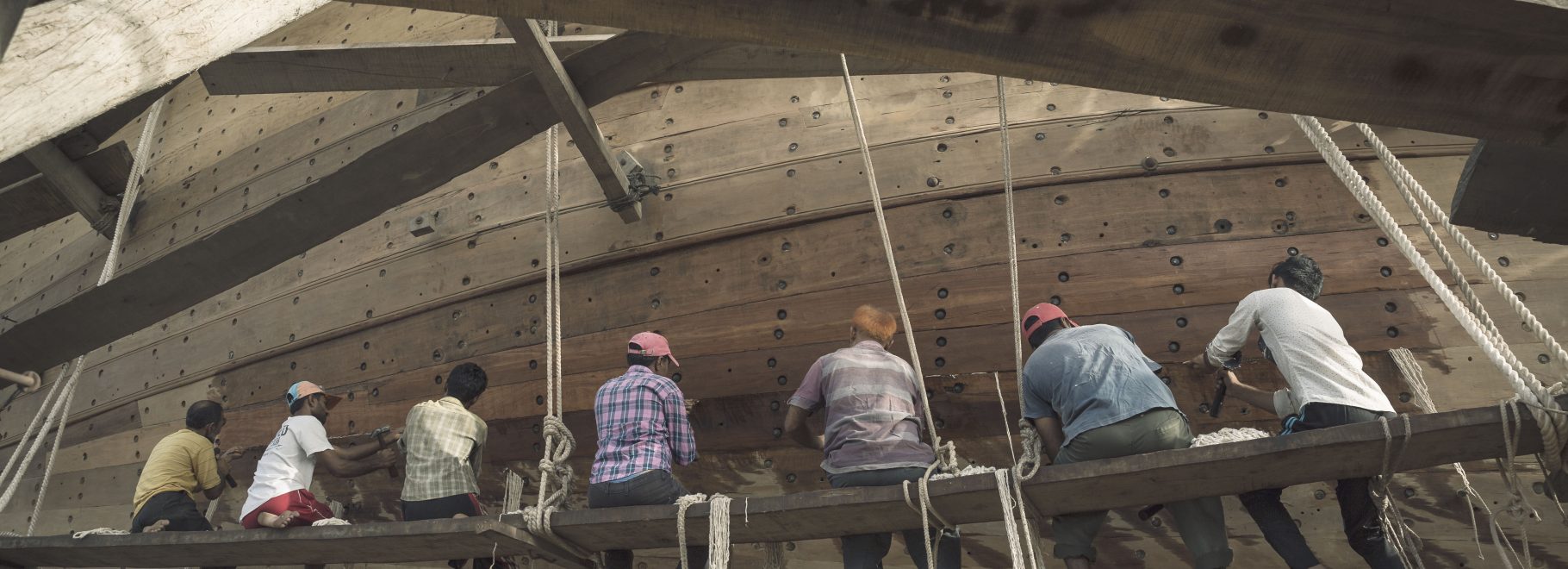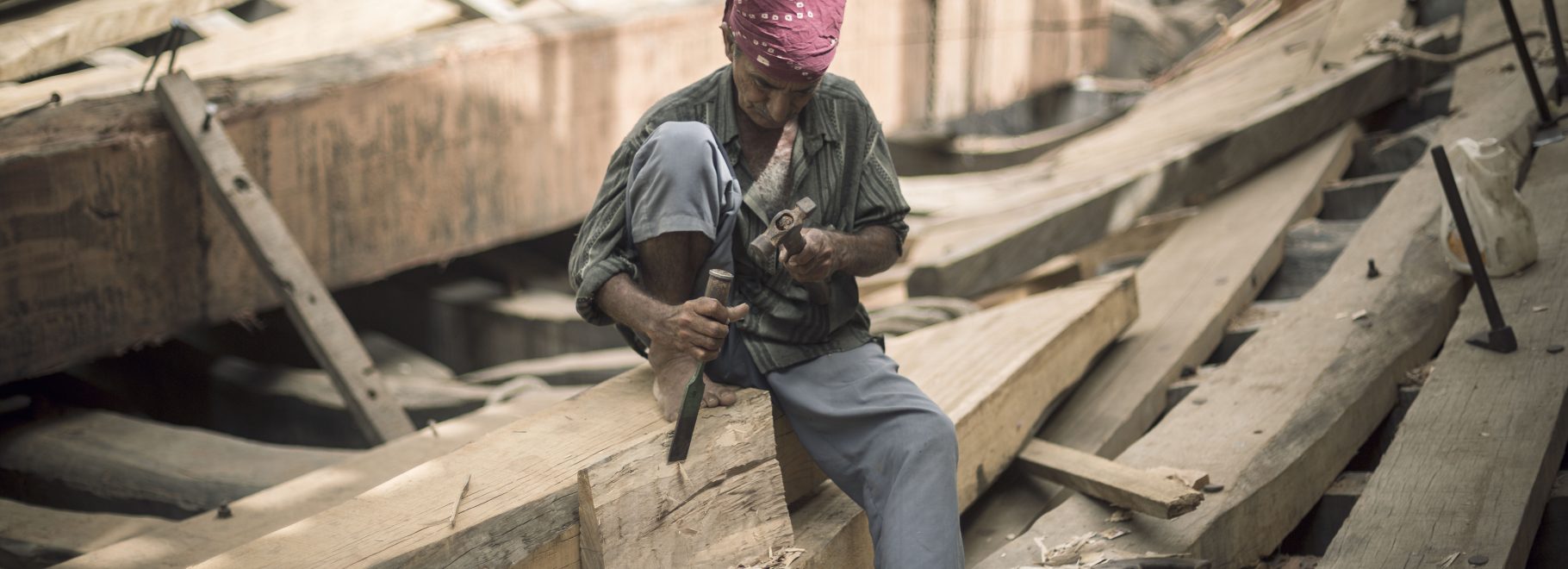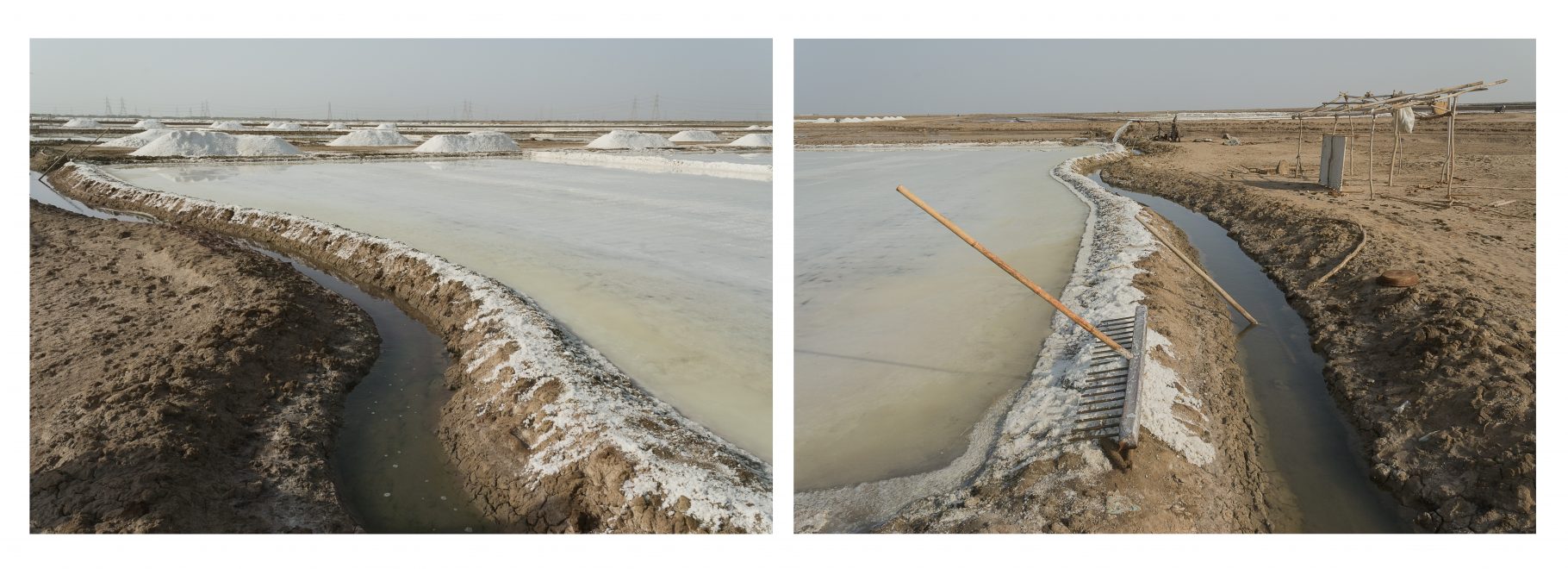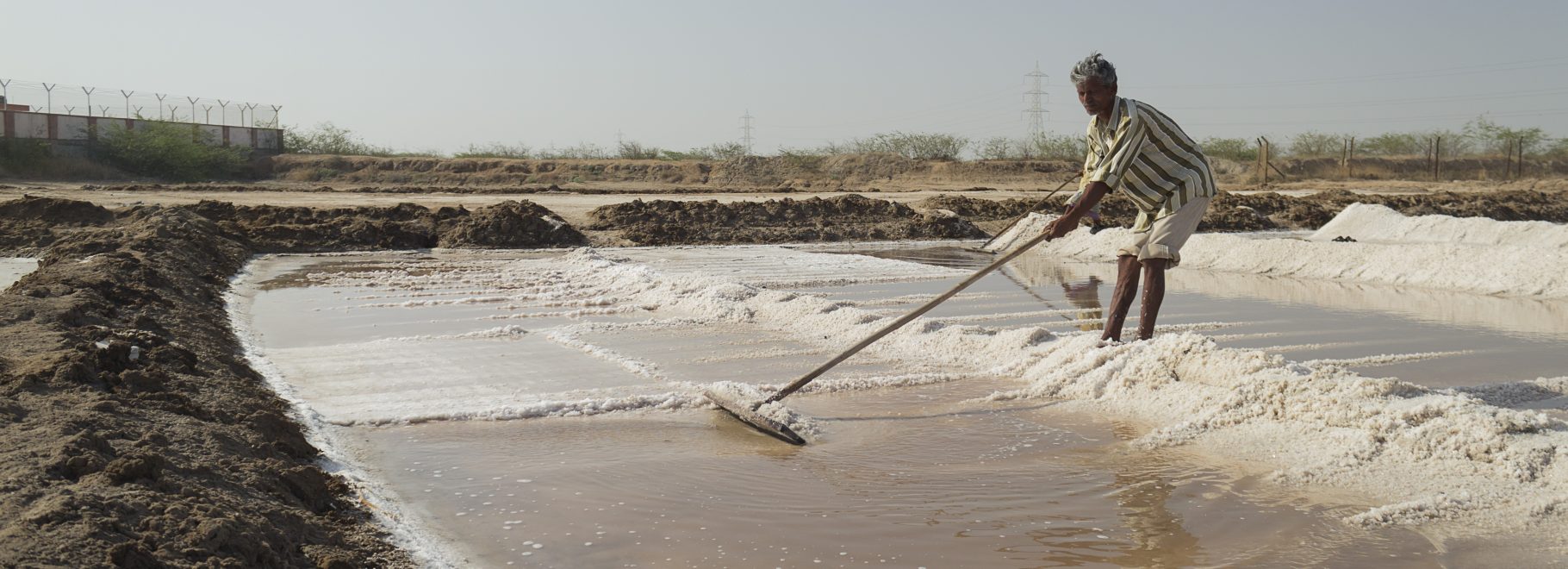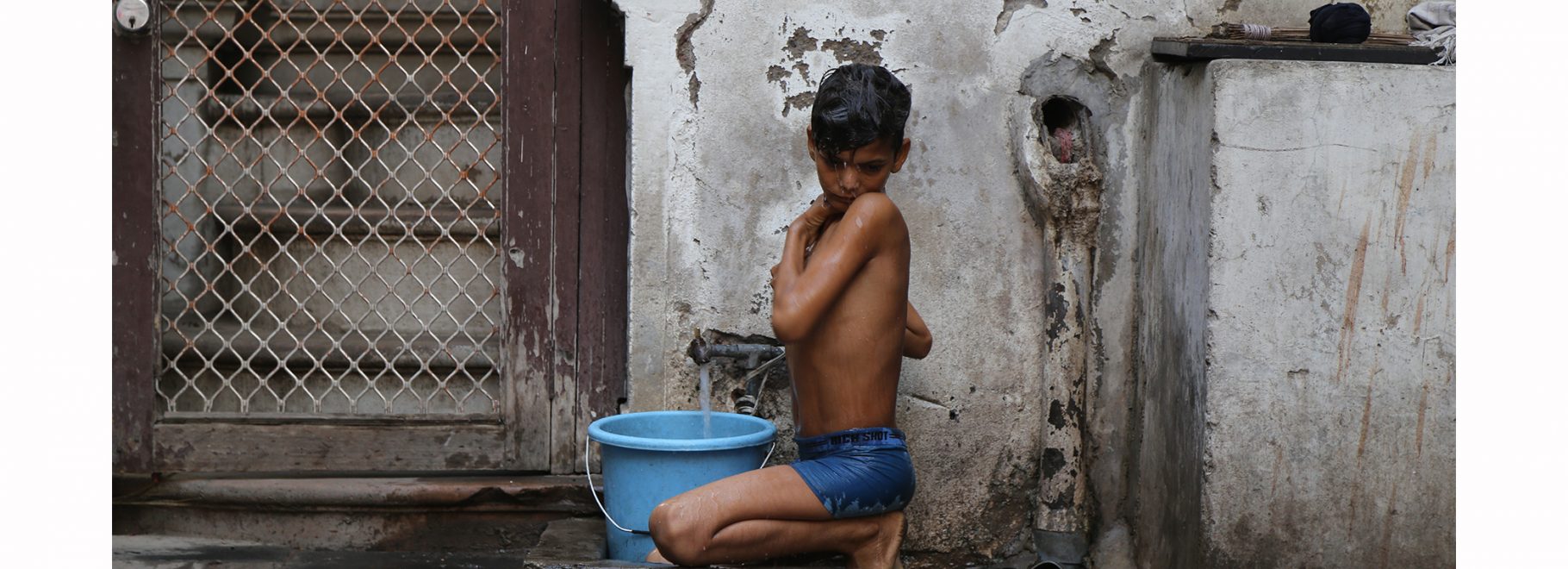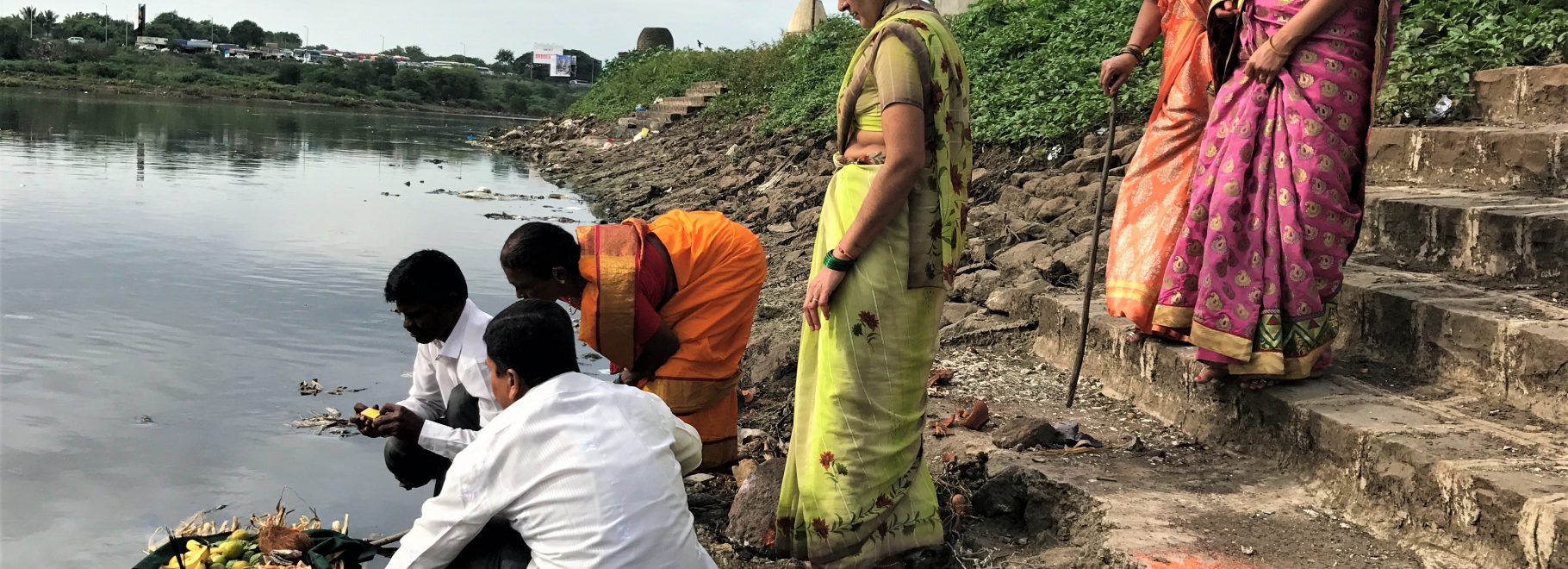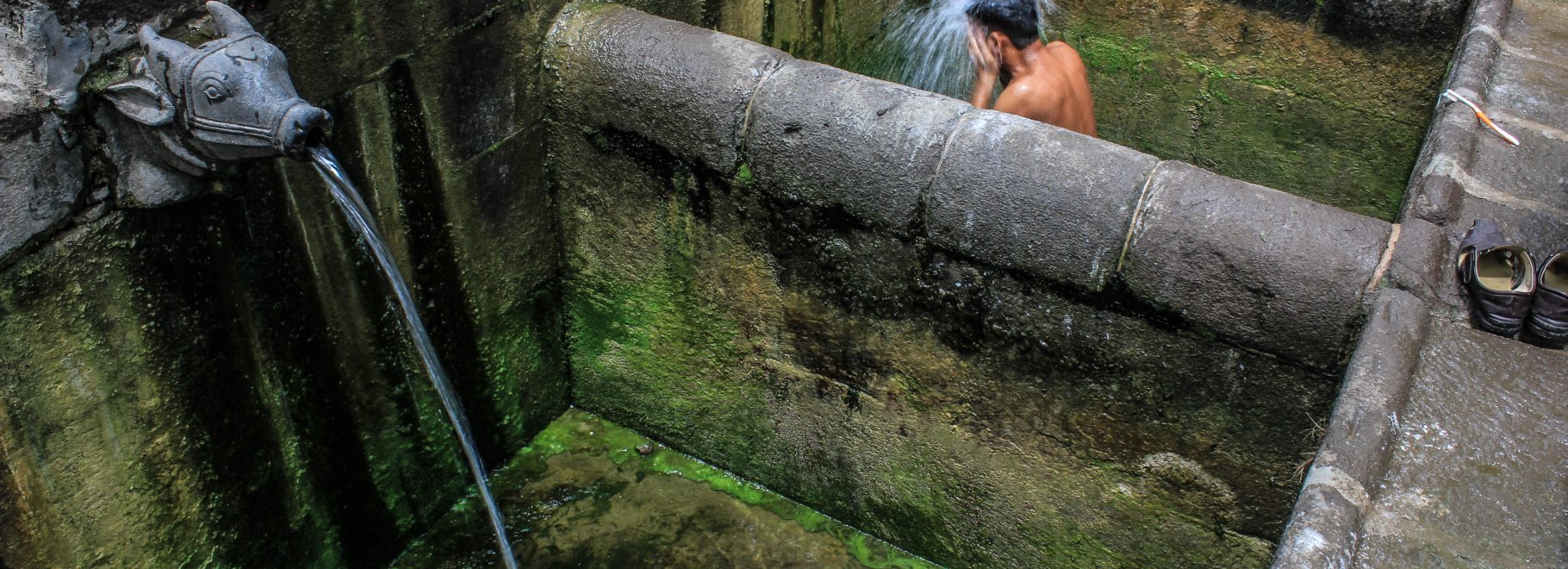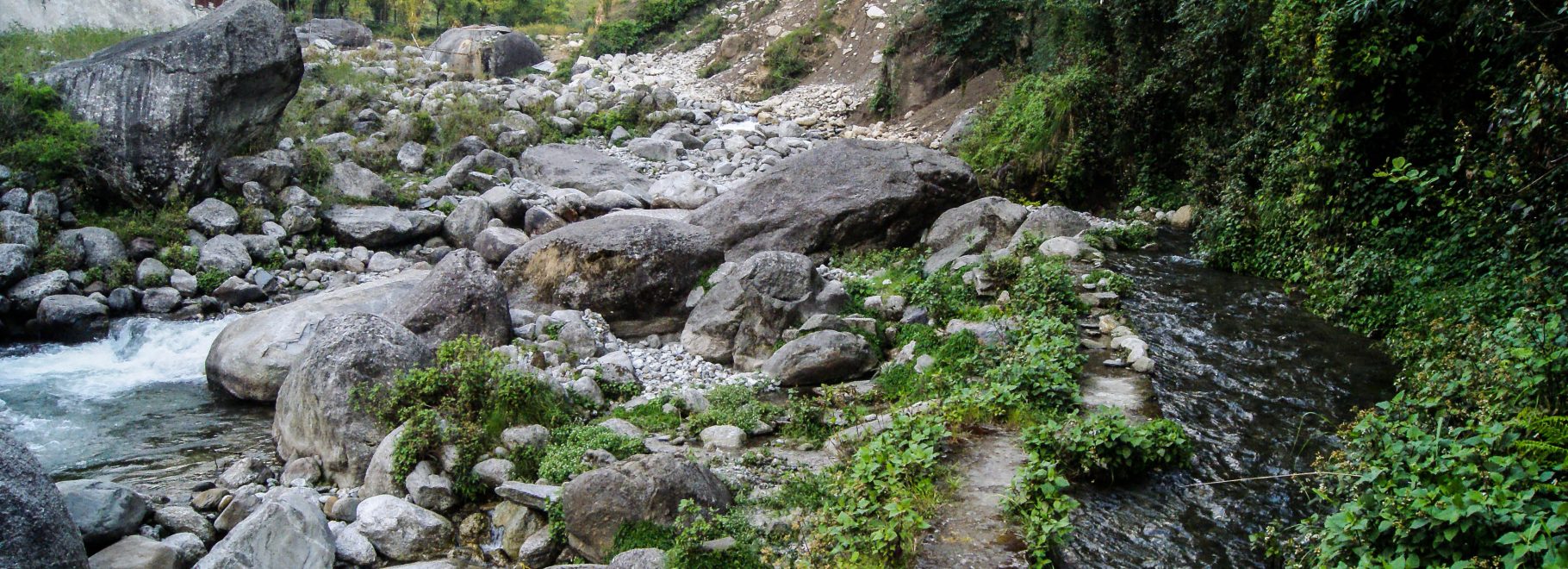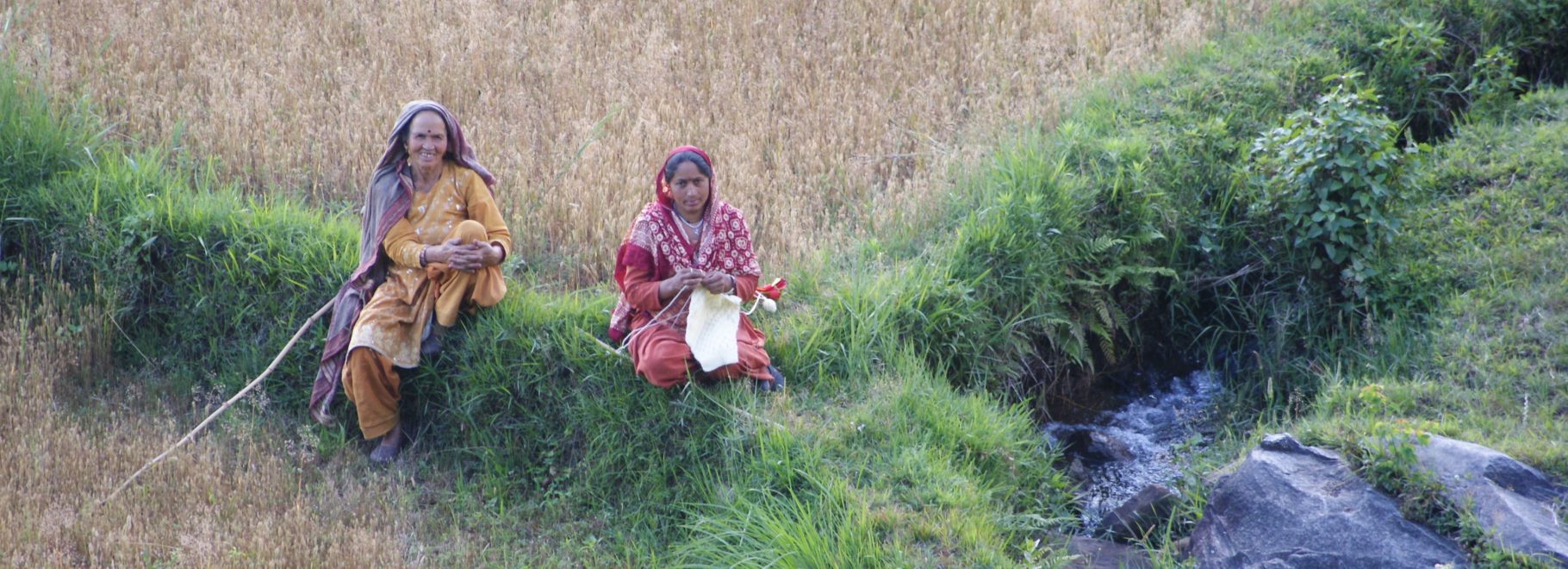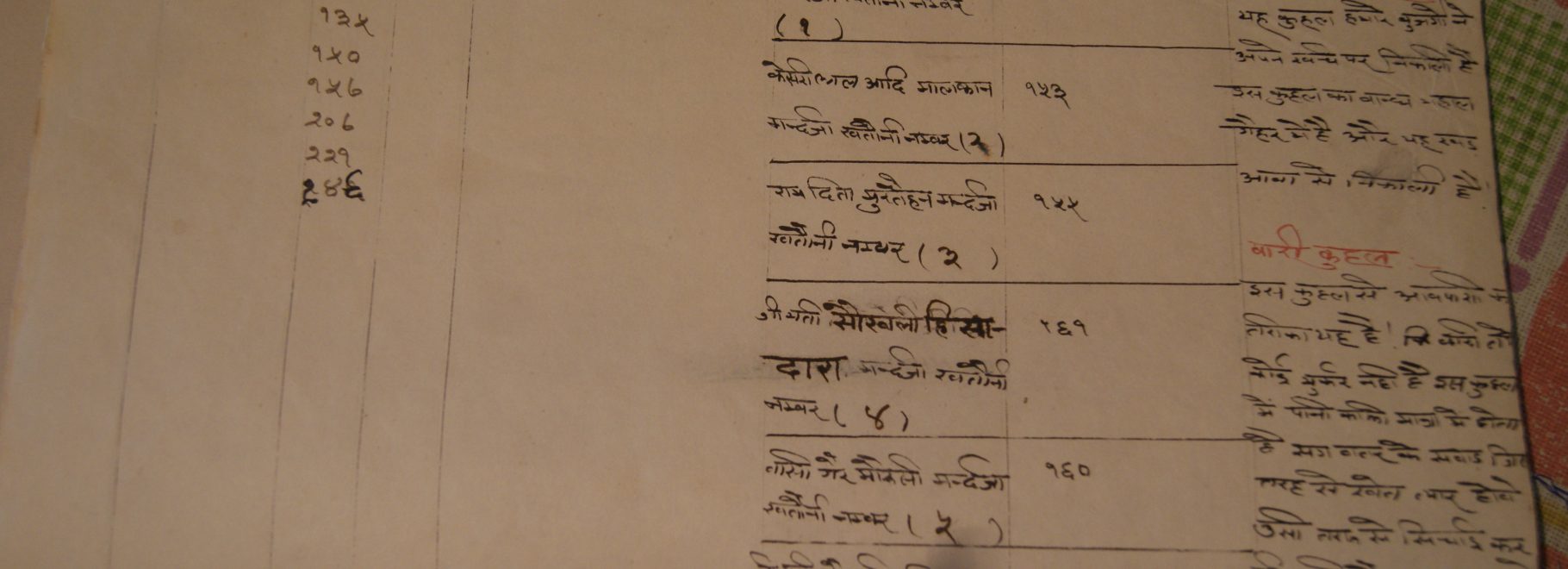Living Waters Museum – Center for Heritage Management, Ahmedabad University, India
Water, the primal fluid, has shaped rich civilizations across India, inspired art and architecture, stories and folklore, rituals and practices, poems, songs, music, film and dance. The Living Waters Museum (LWM), a digital platform, was launched in January 2017, to collect and collate rich and diverse traditions of water practices in India and build a repository of visualised knowledge, which can commemorate the past, inspire the present and be a source of learning for the future. The process of developing the platform is seen as collaborative and interdisciplinary, engaging young people in project-based learning, essentially storytelling, around the many dimensions of water heritage, and its intersection with livelihoods, natural and built environments and the creative arts.
In its first year, the museum was incubated at WaterAid India, and worked with post-graduate students of photography at the National Institute of Design (NID), Gandhinagar to develop 14 visually stunning photo-essays of water, livelihoods and communities in Gujarat. Since October 2017, the museum project has been housed at the Centre for Heritage Management, Ahmedabad University, where it is expanding institutional partnerships and working with a cross-section of students from diverse disciplinary backgrounds. In February 2017, LWM organised in its first pop-up museum at the India Environment Festival at Ahmedabad where the theme was ‘I am Water’. Three small gallery spaces enabled us to showcase the work of the NID students, as well as host installations on water heritage and engage with young children through beautifully illustrated short stories on water practices and folklore.
The team is currently working on another pop-up museum on water, food and cultural practices in collaboration with Vishala, an ethnic restaurant and the Vechaar Museum of Utensils which has an amazing collection of water pots dating back to 1000 years.
Museum website: www.livingwatersmuseum.org
Virtual exhibition | 2021
CONFLUENCE
Under the aegis of the Mumbai Water Narratives, the Living Waters Museum launched the first virtual exhibition for 2021. Confluence captures Mumbai’s multifaceted relationship with water from the Mithi River to the shores of the Arabian Sea, from wells and tanks governed by cultural practices to the fishing communities of Mumbai struggling to retain their livelihoods, from the tanker economy servicing high-rise apartments to the everyday water vulnerabilities faced by informal settlements dotting the cityscape multidimensional understanding of water from heritage to policy, education, and practice.
Tracing Mumbai’s water history, Confluence is divided into six galleries: water and built heritage, water and culture, water and livelihoods, saline waters, water and equity, water and public health.
Visit the virtual exhibition: Confluence
Download the brochure of the exhibition launch: Confluence launch (21st of March 2021)


